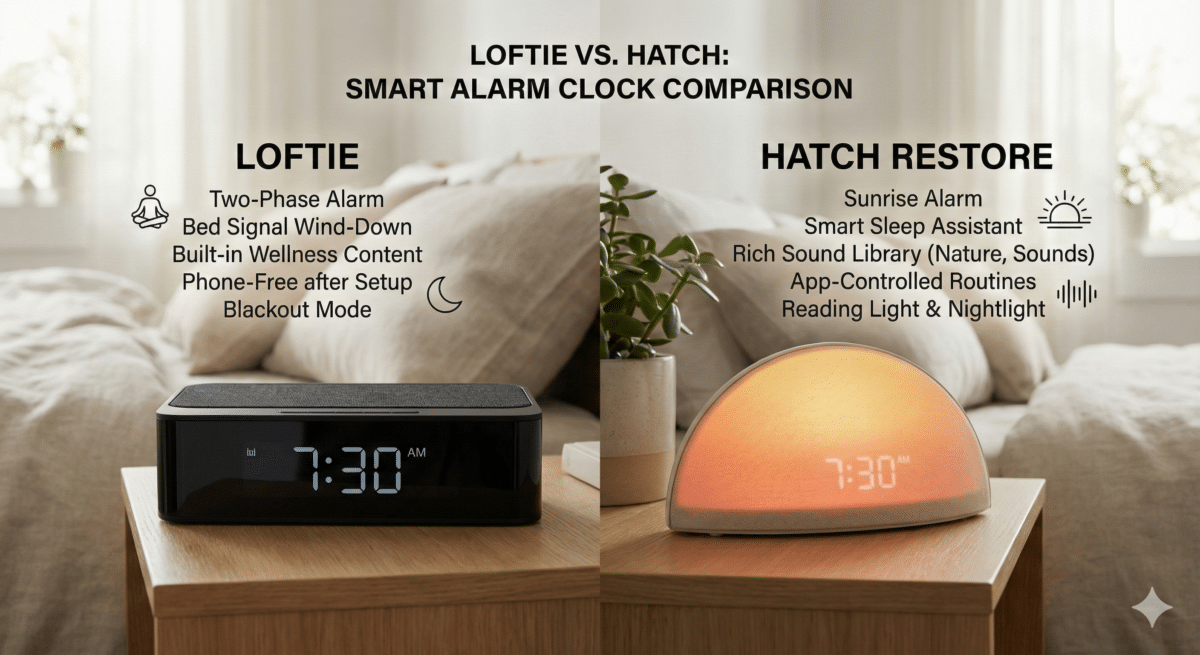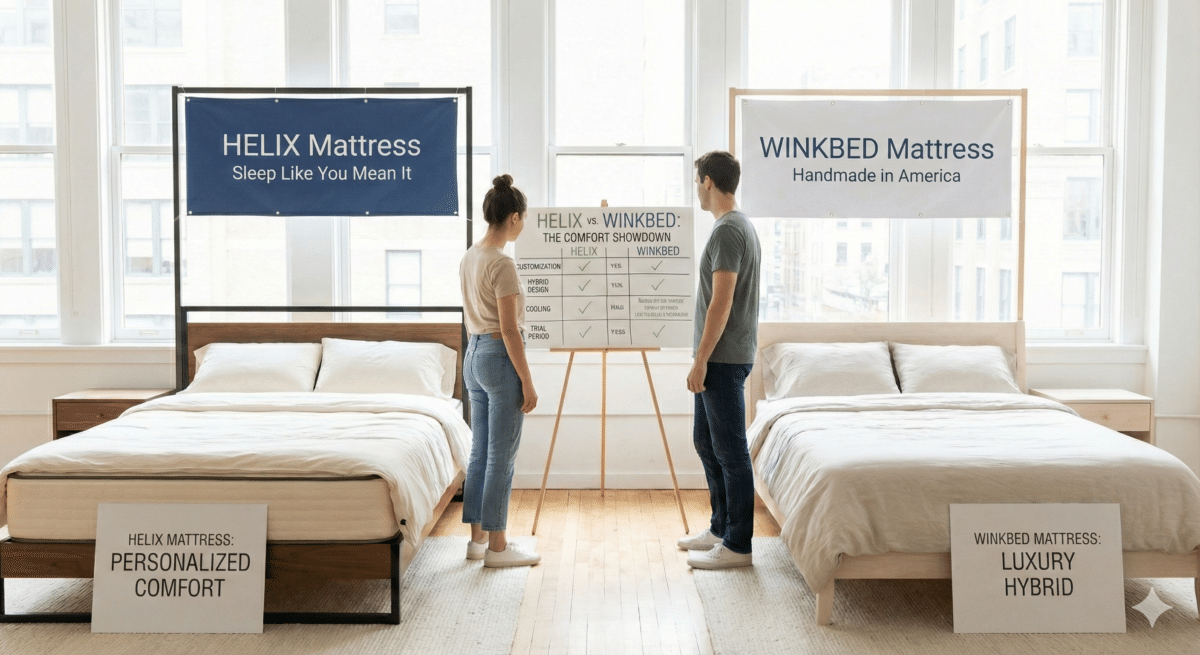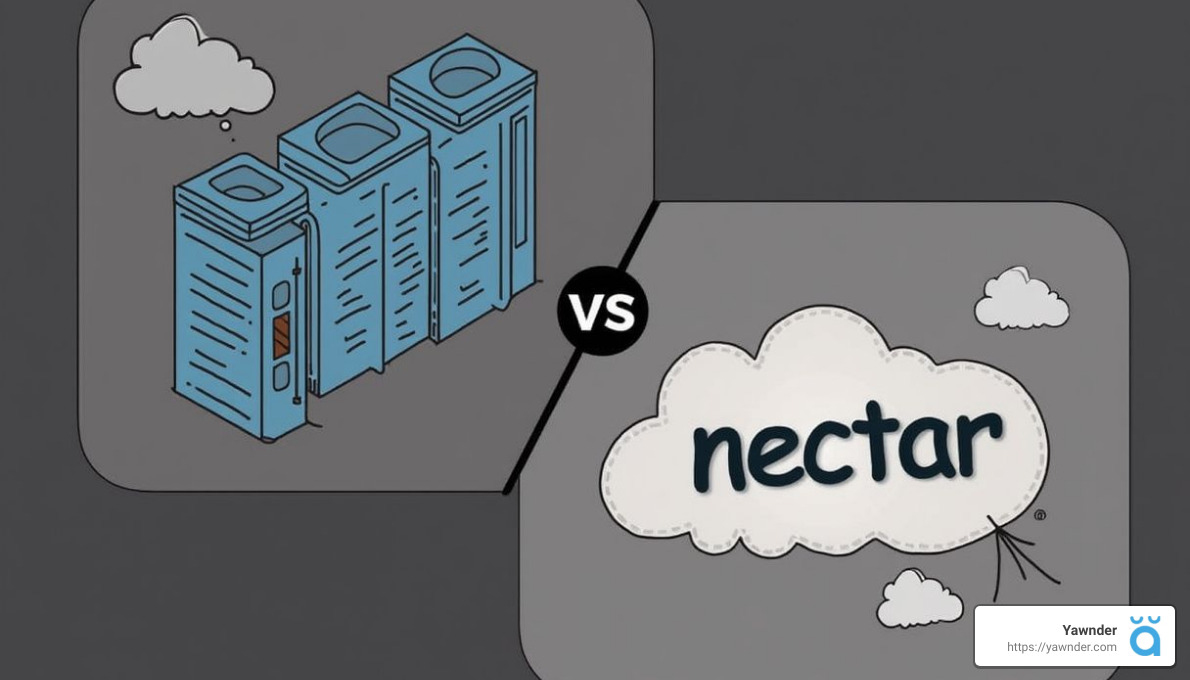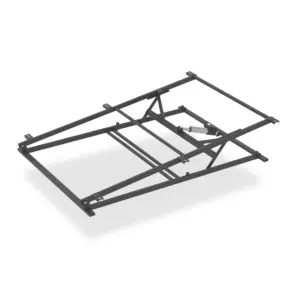Beginner’s Guide to Understanding Somnolence Symptoms
What is Somnolence?
Somnolence, often referred to as excessive sleepiness or drowsiness, is characterized by an overwhelming desire to sleep or prolonged periods of sleeping. This state isn’t merely about feeling a tad tired; it manifests as a pervasive drowsiness that can leave one feeling mentally sluggish, physically weak, and devoid of enthusiasm. Simply put, if you’re experiencing somnolence, you might feel on the verge of falling asleep at any given moment.
The term itself is derived from the Latin word somnus, meaning sleep. This phenomenon can lead to dangerously diminished levels of alertness, impacting everyday activities—an issue that can have serious consequences when tasks demand full attention, such as driving or operating machinery.
Key Takeaways about Somnolence
– Definition: Somnolence denotes a strong urge for sleep, often leading to extended sleep periods.
– Common Causes: Various factors contribute to somnolence, including sleep disorders, physical ailments, and side effects from certain medications.
– Importance: Recognizing and managing somnolence is vital, as it can significantly disrupt daily life and pose risks to safety.
By understanding somnolence symptoms and their underlying factors, you’re better equipped to take proactive measures for improved well-being.
Recognizing Somnolence Symptoms
Identifying somnolence symptoms is crucial for addressing the condition effectively. Common indicators include:
– Drowsiness: The predominant symptom of somnolence, characterized by an intense need to sleep that can strike during activities such as meetings or while driving—situations where sleepiness can be particularly dangerous.
– Lethargy: This involves a sense of sluggishness, often making even the simplest tasks, like getting out of bed, feel monumentally challenging.
– Weakness: Somnolence can manifest as a heaviness in the muscles, leading to a rapid onset of fatigue.
– Lack of Mental Clarity: When somnolent, you may find your capacity for critical thinking diminished, making problem-solving or task focusing increasingly difficult.
– Clumsiness: A common occurrence, clumsiness can lead to frequent dropping of objects or accidental bumping into things, which can be frustrating and sometimes embarrassing.
– Slow Mental Processing: When your reaction time diminishes, everyday conversations may feel more difficult to follow.
– Headaches: Persistent sleep deprivation often results in severe headaches, complicating concentration and relaxation.
– Nausea: This feeling may disrupt your appetite, further complicating your health.
– Irritability: Prolonged lack of sleep can alter your mood, increasing irritability and diminishing patience with others.
Common Causes of Somnolence
Understanding the causes of somnolence is integral to addressing it effectively. Here are some prevalent contributors:
1. Circadian Rhythm Disorders
Disruptions in your body’s natural sleep-wake cycle can lead to somnolence. Conditions include:
– Shift Work Disorder: Those working variable or night shifts may struggle to align their sleep schedules with their body’s internal clock.
– Advanced Sleep Phase Disorder (ASPD): Characterized by early evening sleepiness and early morning awakenings, often complicating social interactions or work commitments.
– Delayed Sleep Phase Disorder (DSPD): Increases in difficulty falling asleep and waking up can be mistaken for insomnia.
2. Physical Illnesses
Various health conditions can contribute to feelings of excessive sleepiness:
– Infections: The body’s response to illness can lead to increased sleepiness as it marshals energy to fight off infections.
– Chronic Pain Conditions: Diseases such as arthritis can negatively affect restful sleep, leading to daytime fatigue.
3. Medications
Several medications may contribute to the onset of somnolence, including:
– Analgesics: Pain medications like opioids can lead to significant drowsiness.
– Antidepressants and Anticonvulsants: Certain types can cause lingering tiredness as a side effect.
Diagnosing Somnolence
Accurate diagnosis of somnolence is essential for effective treatment. The diagnostic process typically involves:
1. Assessment: Health professionals will inquire about sleep patterns, daytime fatigue, and overall health.
2. Chronicity: Identifying how long you’ve experienced somnolence can reveal whether this is a temporary or ongoing issue. Chronic somnolence requires more thorough investigation.
3. Testing: Objective testing such as the Multiple Sleep Latency Test (MSLT) can assess how quickly you fall asleep during the day, indicating whether your daytime sleepiness is problematic.
Effective Management Strategies
Managing and treating somnolence can involve a mixture of lifestyle adjustments and professional intervention.
1. Sleep Hygiene Improvements
Adopting better sleep habits can substantially alleviate symptoms:
– Create an Ideal Sleep Environment: A cool, dark, and quiet room can enhance sleep quality.
– Consistency is Key: Maintaining the same sleep schedule daily supports your body’s natural rhythm.
2. Medication Review
Consult your doctor if you suspect that your medication routine may be contributing to sleepiness. Adjustments may alleviate symptoms.
3. Treatment of Underlying Conditions
Addressing health complications that contribute to somnolence, such as sleep apnea or diabetes, can greatly improve sleep quality and daily alertness levels.
Conclusion
Somnolence is more than just an occasional feeling of tiredness; it can be a symptom of deeper issues that significantly affect daily life. With proper education on symptoms, causes, and effective management strategies, individuals can take charge of their sleep health.
Understanding and addressing somnolence is essential. Proactively identifying the underlying causes and implementing lifestyle changes, medication adjustments, or seeking professional help may lead to a better quality of life.
At Yawnder, we are dedicated to enhancing your sleep experience. Explore our resources, which include personalized sleep recommendations, to help you conquer sleep challenges. Make sleep a priority and unlock the numerous benefits that come with restorative rest. Better sleep leads to a healthier, happier life—let’s embark on this journey together.


















